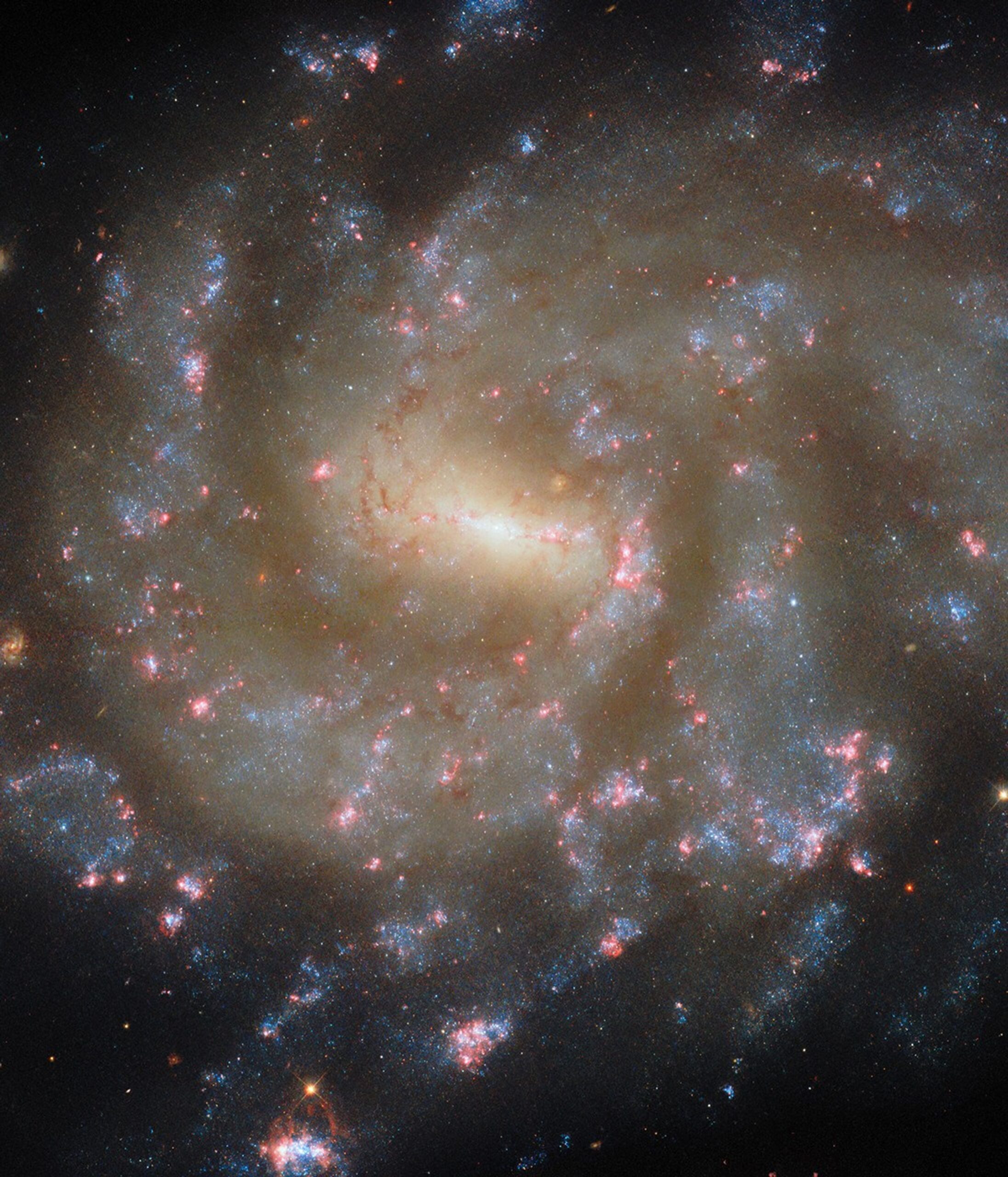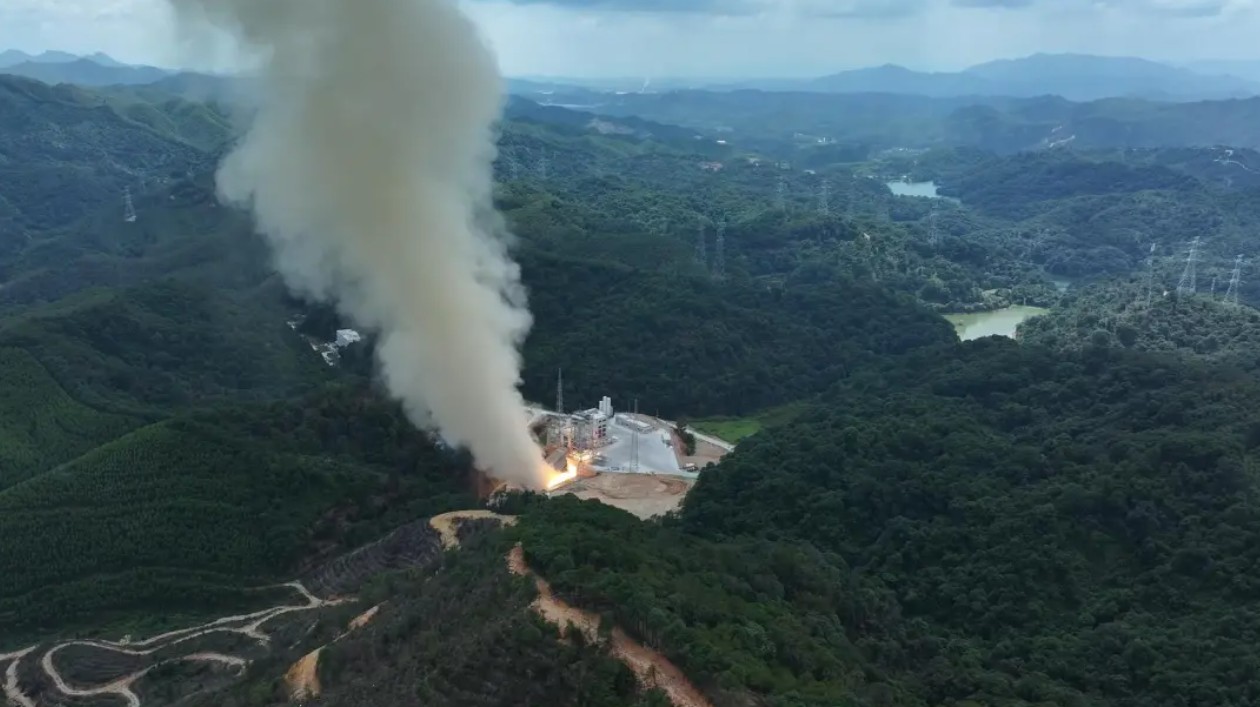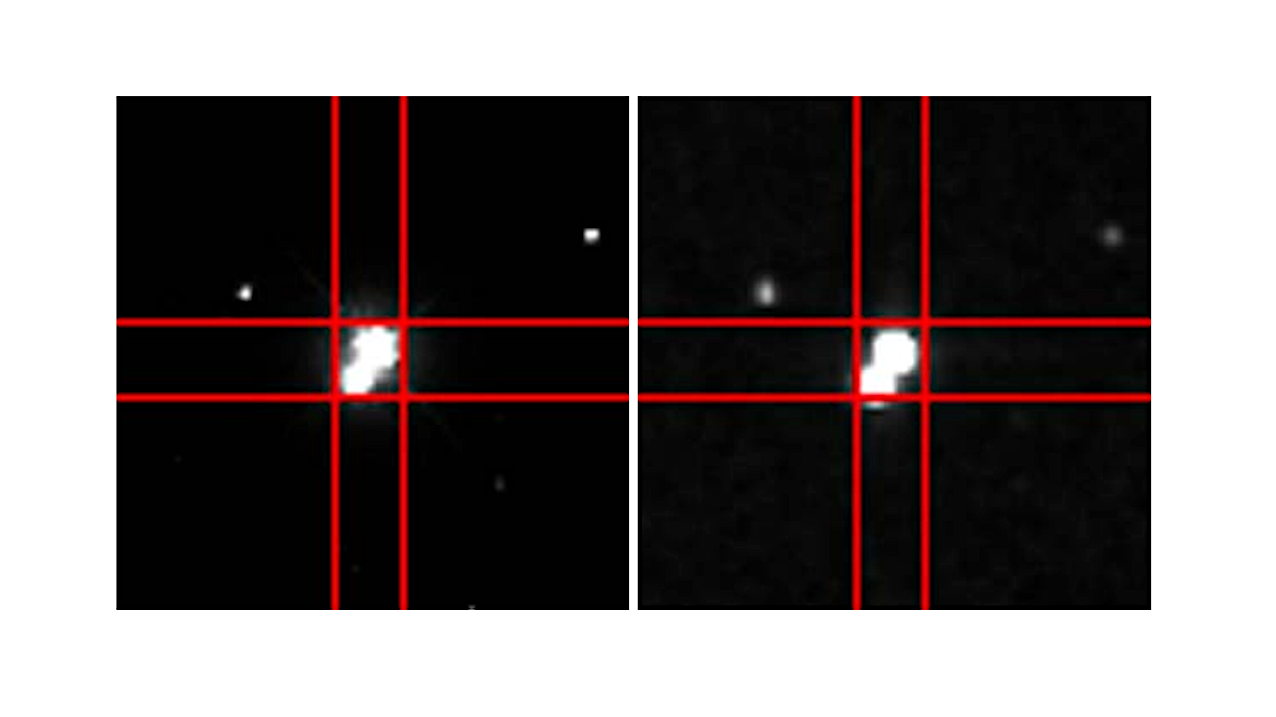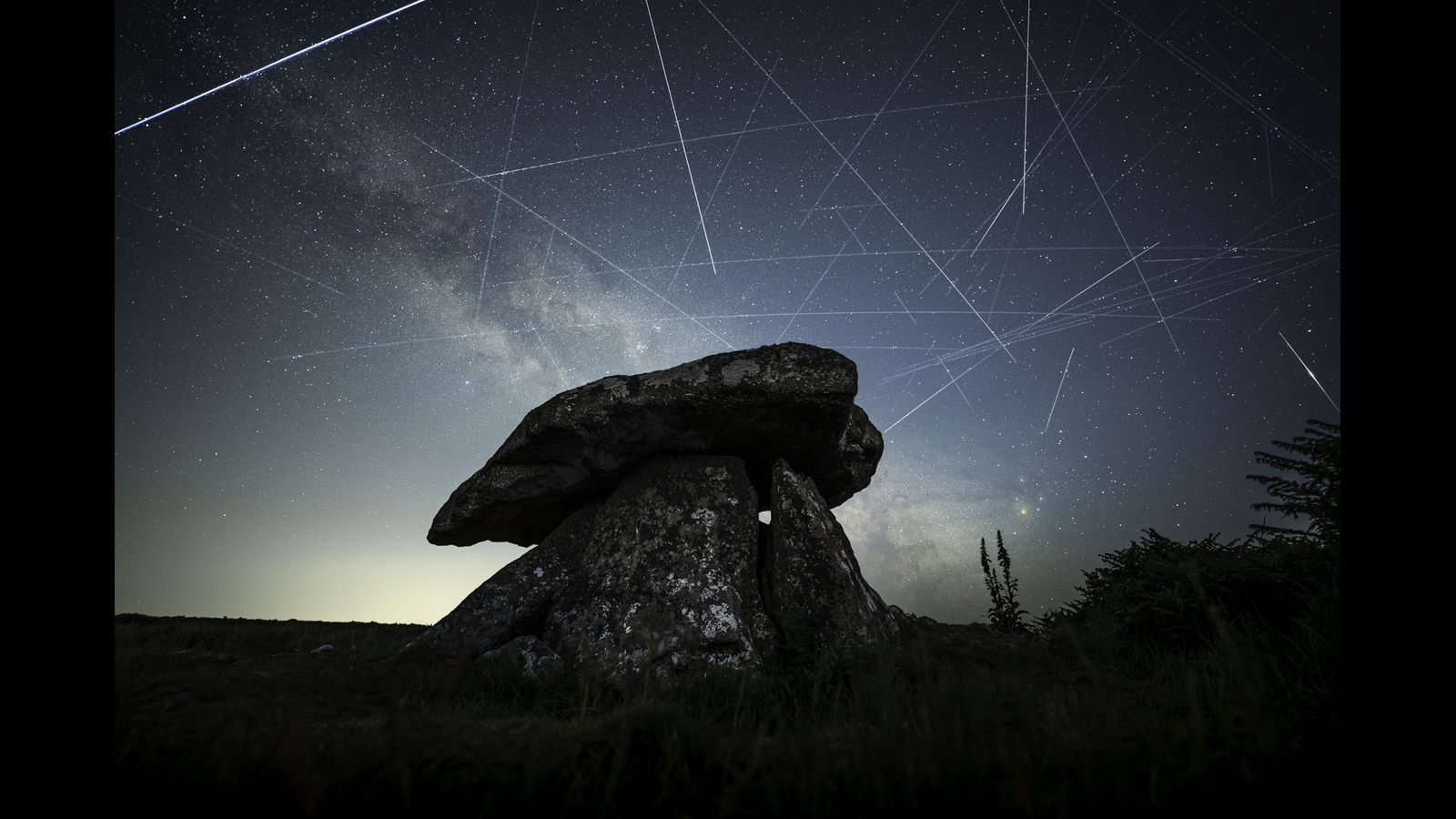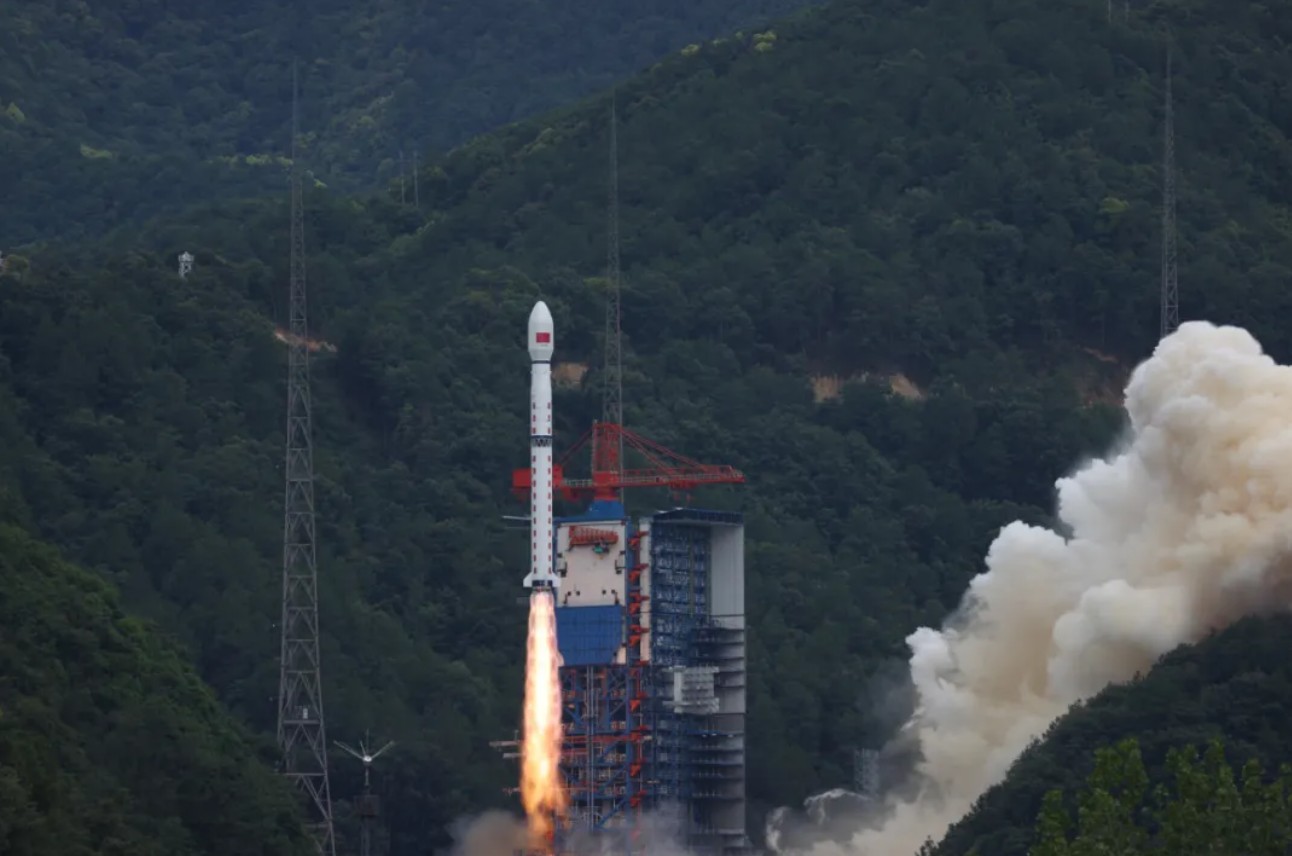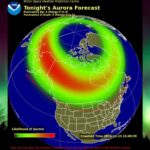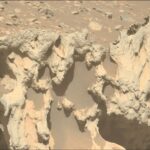Explore Hubble Hubble Home Overview About Hubble The History of Hubble Hubble Timeline Why Have a Telescope in Space? Hubble by the Numbers At the Museum FAQs Impact & Benefits
Hot Posts272- Page
HCI directly images exoplanetary systems. (a) Preprocessed exposure, where star light dominates the entire field of view. (b) Originally buried in (a), four exoplanets exist around star HR 8799 in
HELSINKI — China’s CAS Space has completed a hot fire test of the first stage of its Kinetica-2 kerosene rocket as it targets a first orbital launch in the second
Field around TOI-6883 at two epochs. Left: 2MASS image (2002). Right: SDSS image (2011). The red cross indicates the approximate position of TOI-6883. The visible shift between the epochs is
This is the path of the new interstellar object A11pI3Z through the inner solar system. Image via Catalina Sky Survey/ University of Arizona/ David Rankin on Bluesky. New interstellar object
In his new book ’52 Assignments: Night Photography’, award-winning astrophotographer Josh Dury invites you to raise your lens and embark on a journey through the night sky to capture everything
HELSINKI — China sent a new satellite into orbit for its experimental Shiyan series Thursday with a launch from the country’s southwest. To continue reading this article: Register now and
Space superiority is crucial for Joint Force dominance. These four factors are needed to achieve it.
For decades, space-based capabilities delivered strategic value to the operational community, while real-time tactical capabilities came from ground, maritime and airborne sensors. This disconnect is rapidly disappearing in a long-overdue
NASA/Josh Valcarcel A curious cow watches as NASA astronauts Andre Douglas and Kate Rubins perform a simulated moonwalk in the San Francisco Volcanic Field in Northern Arizona on May 14,
Resilience, a lunar lander built and operated by the Japanese company ispace, was part of the Hakuto-R Mission to deploy a “Moonhouse,” a tiny colorful art piece, on the moon,
-
 012024 in Review: Highlights from NASA in Silicon Valley
012024 in Review: Highlights from NASA in Silicon Valley -
 02Panasonic Leica Summilux DG 15mm f/1.7 ASPH review
02Panasonic Leica Summilux DG 15mm f/1.7 ASPH review -
 03How New NASA, India Earth Satellite NISAR Will See Earth
03How New NASA, India Earth Satellite NISAR Will See Earth -
 04And Thus Begins A New Year For Life On Earth
04And Thus Begins A New Year For Life On Earth -
 05Astronomy Activation Ambassadors: A New Era
05Astronomy Activation Ambassadors: A New Era -
06SpaceX launch surge helps set new global launch record in 2024
-
 07Space Force plans new ‘Futures Command’ amid pressure to speed up modernization
07Space Force plans new ‘Futures Command’ amid pressure to speed up modernization


